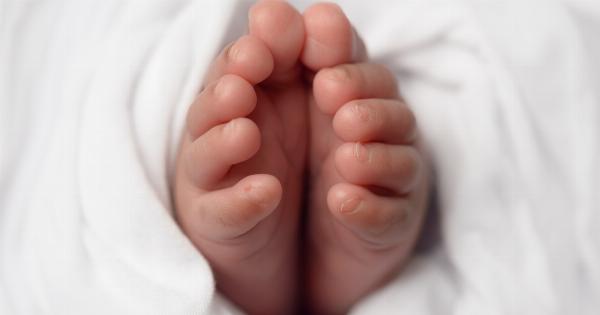Depression is a complex mental health disorder that affects millions of people worldwide.
Although both men and women can experience depression, research has shown that there are distinct differences in how the condition manifests and is diagnosed between the sexes. This phenomenon is commonly referred to as the “Male vs Female Depression Paradox.”.
Understanding Depression
Depression is characterized by persistent feelings of sadness, hopelessness, and a lack of interest or pleasure in activities.
It affects an individual’s thoughts, emotions, and behaviors, often leading to significant impairments in daily functioning. While the causes of depression are multifaceted and can vary from person to person, it is widely believed to arise from a combination of genetic, biological, environmental, and psychological factors.
Prevalence of Depression in Men and Women
Depression does not discriminate based on gender, but studies have consistently shown that it affects men and women differently. According to the World Health Organization (WHO), women are more likely to experience depression than men.
However, this higher prevalence in women could be attributed to a combination of hormonal factors, social expectations, and a greater tendency to seek help for emotional distress.
On the other hand, researchers have found that depression in men often goes undiagnosed and undertreated.
This can be attributed to several factors, including societal stereotypes and expectations that discourage men from expressing their emotions or seeking help. As a result, male depression often remains concealed or manifests as anger, irritability, or physical symptoms such as headaches or digestive issues.
Social and Cultural Factors
Social and cultural expectations play a significant role in the Male vs Female Depression Paradox. Traditional gender norms dictate that men should be strong, self-reliant, and able to handle their emotions.
This societal pressure can lead men to feel ashamed or inadequate if they experience depression, discouraging them from reaching out for support.
Conversely, women are often socialized to be more expressive and open about their feelings, making it more socially acceptable for them to seek help for emotional distress.
This cultural difference in the perception of mental health issues between genders often leads to male depression being significantly underreported and undertreated.
Symptoms and Presentation
While the core symptoms of depression are similar for both men and women, the ways in which they present and are experienced can differ.
Women with depression tend to exhibit more internalizing symptoms, such as excessive guilt, sadness, and feelings of worthlessness. They are more likely to ruminate on negative thoughts, engage in self-blame, and have difficulty sleeping.
Men, on the other hand, often display more externalizing symptoms, such as irritability, aggression, and risk-taking behavior. Rather than expressing sadness, they may become withdrawn or engage in substance abuse as a coping mechanism.
These atypical symptoms can make it challenging for healthcare professionals to recognize depression in men, leading to misdiagnosis or underdiagnosis.
Barriers to Help-Seeking
Various barriers prevent both men and women from seeking help for depression, albeit for different reasons.
For men, the reluctance to seek support can stem from traditional expectations of masculinity, fear of judgment, or concerns about appearing weak. Male-dominated work environments and cultural norms that discourage emotional vulnerability also contribute to this barrier.
On the other hand, women may face barriers related to societal expectations of juggling multiple roles and responsibilities. They may prioritize the well-being of others over their own or fear being perceived as unable to handle their own emotions.
Furthermore, the stigma surrounding mental health issues can affect women’s willingness to seek professional help.
Overcoming the Paradox: Promoting Mental Health Awareness
Addressing the Male vs Female Depression Paradox requires collective efforts to dismantle harmful stereotypes and promote mental health awareness for all genders.
Breaking down the barriers to help-seeking involves educating societies on the importance of emotional well-being and creating safe spaces for men to open up about their struggles.
Mental health support services should aim to be more inclusive, accessible, and tailored to meet the specific needs of men and women.
Healthcare professionals should receive training to recognize and appropriately diagnose depression in both genders, accounting for the different ways it presents and the social and cultural factors that influence help-seeking behaviors.
Conclusion
The Male vs Female Depression Paradox sheds light on the gender disparities in the diagnosis and treatment of depression. While women have a higher reported prevalence of depression, men often face significant barriers preventing them from seeking help.
It is crucial to challenge societal expectations and stereotypes to ensure that individuals of all genders can access the support they need without fear of judgment or shame. By addressing this paradox, we can work towards a more equitable and inclusive approach to mental health for all.































